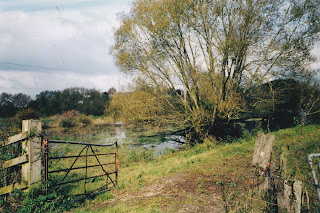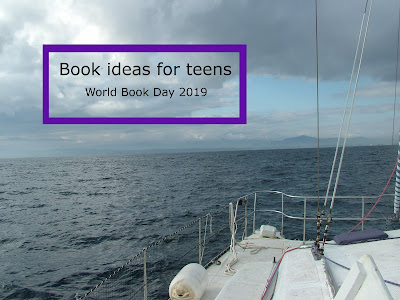Blogtober 17 - A romp of otters - 70 years of National Parks
I've written about Dartmoor before I know but this summer marks the 70th anniversary of the founding of National Parks in Britain. That seemed like enough of an excuse to write about such an important and stunning place again. Dartmoor was one of the first four areas to be designated as a national park in 1951; there are now 14 in Great Britain.
Dartmoor is very much a working landscape and home to about 34,500 people. There are villages and towns, working farmland, managed forests, quarries, MOD firing ranges and open grazing over much of the moorland. Other areas are very remote and wild with inhospitable peat bogs and granite outcrops - the famous tors. The history of the moors can be seen written all over the land with stone rows and circles, cairns, enclosures and stone huts being only a few of the imprints that humans have left on this landscape that has been inhabited since at least 4,000 BC.
All rivers run to the sea. Many rivers in Devon have their source on the upland peat bogs of Dartmoor. This area is criss crossed with water courses running over and underground and large areas are frequently swamped through the winter months. Upland peat bogs are very unusual and occur here due to the underlying granite. Dartmoor is also home to Britains only rainforests which look like they have been taken from a fairy tale with their moss mounds and trees dripping with lichens. Many bridges carry the highways and byways over the rivers including small wooden footbridges, the famous clapper bridges and stone arches carrying roads.
With the experience and knowledge from 70 years of caring for and protecting this very special landscape the national park association have set out their future plans. Sustainability, accessibility and restoration are high on the agenda. New visitor centres, a focus on future custodians with a renewed junior ranger programme and restoration of rivers and peat bogs are just some of the works being undertaken. There has been an increased appreciation of green spaces available to us due to the pandemic and new people have discovered or rediscovered the moorland. This has caused some frictions but education is key. Two of the biggest issues they deal with are littering and feeding the ponies. Whilst the need to take your rubbish home with you should be obvious not everyone realises why the ponies should not be given food. Often it is kindness which drives people to give grass cuttings, apples, carrot or other 'treats' to the ponies but their stomaches are not able to cope with it and it can make them very ill. Added to this, feeding the ponies can make them associate cars with food leading to them being at greater risk of being hit by traffic.
The quality of water in the rivers is important and many measures are in place to maintain the waterways. This summer the National park again launched an 'Otter spotter' quest to raise funds for conservation and access projects on the moor with 81 individual pieces of art scattered over the national park. As well as raising a substantial amount of money it also supported buisnesss through exploration of the area with people commenting that they had discovered and visited places new to them.
With so much to explore in this stunning landscape, many rare plants and animals and a wealth of history it's no wonder that Dartmoor is considered to be so special and its management and preservation so important.











Comments
Post a Comment